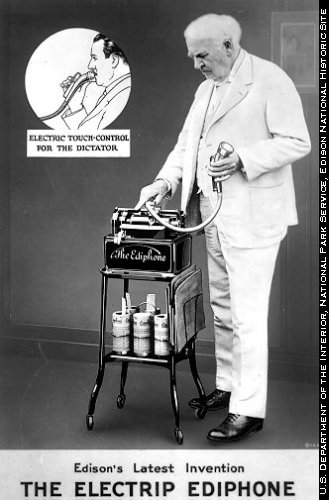Itsy bitsy teeny weeny.
|
Moore's Law, named for Gordon Moore, who ran Intel for a time, states that the number of transistors that can be jammed on a microchip will double every two years.
We've been waiting since his pronouncement in 1965 for this to come to an end. We'll have to wait a bit longer. Intel has launched a new line of processors, named Ivy Bridge, the first available from any company with features as small as 22 nanometers (the finest details on today's chips are 32 nanometers).
This allows transistors to be smaller and packed more densely. Ivy Bridge chips offer 37 percent more processing speed than the previous generation of chips, and can match their performance while using just half the energy.
Transistors on an Ivy Bridge processor are packed roughly twice as densely as in the most recent line of Intel chips, with 1.4 billion on a 160 square millimeter die instead of 1.16 billion on a 212 square millimeter die. Upholding Moore's Law like that required a significant redesign of the transistor, the tiny electronic switches that make up digital computer chips. Existing transistor designs—little changed in decades—could not simply be made smaller, with 22-nanometer features. That would cause them to become leaky, so that a transistor would allow some current to flow even when set to off. Intel got around that by adding an extra dimension to transistors, which for decades have been made as a stack of flat layers of material on top of one another.
Versions of the new technology for laptops are due in the summer, but more important to Intel may be the potential for Ivy Bridge chips to help it break into the market for energy-efficient processors needed for tablets and smart phones.






